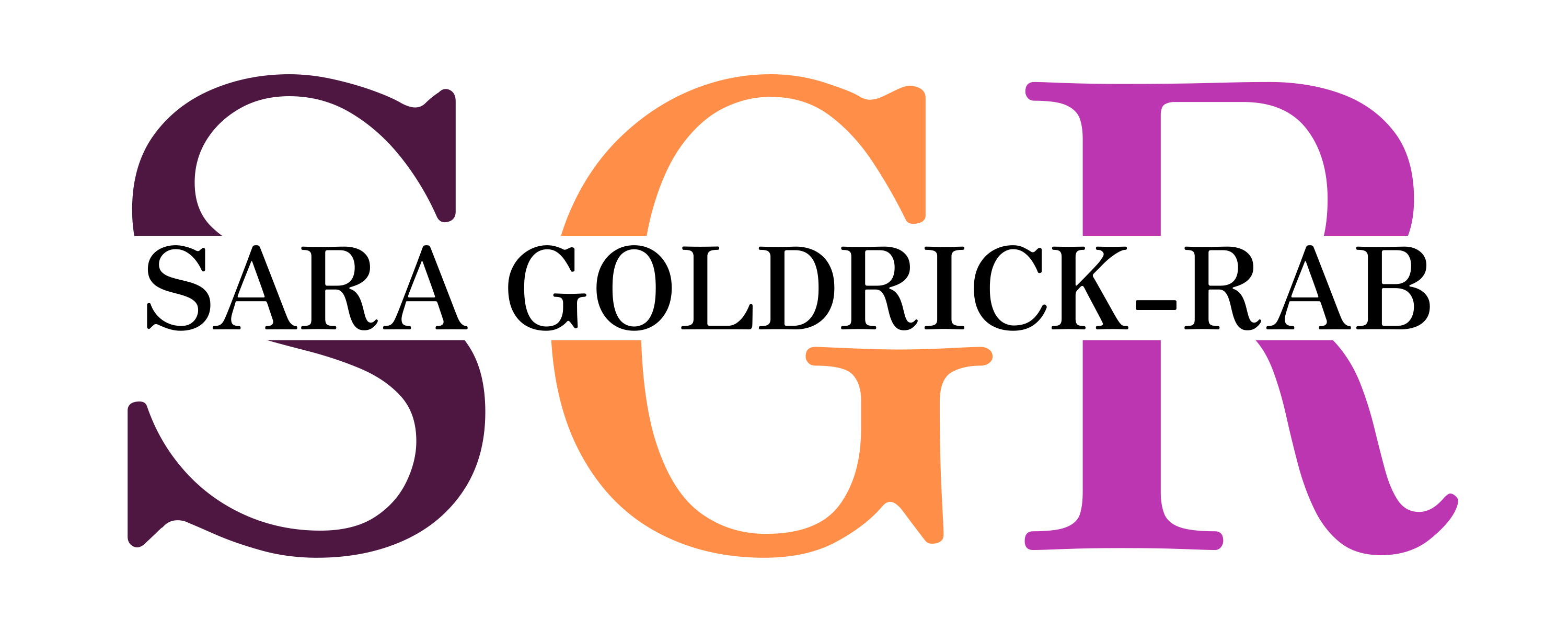The State of Food Security at CUNY in 2020 (2020)
In this report, we examine the prevalence and distribution of food insecurity at CUNY at the start of 2020. We also describe and assess the variety of programs, policies and services CUNY and its partners have developed to reduce food insecurity and suggest options for further reducing food insecurity in the coming years. Our goal is to provide the key constituencies at CUNY—its leaders, faculty and staff, students, and the City and State elected officials who fund CUNY—with the evidence they need to make informed decisions about promoting food security and academic success at CUNY. At the end of the report, we provide a brief overview of preliminary evidence on how the COVID-19 epidemic has affected food security at CUNY and the university’s options for reducing it.
